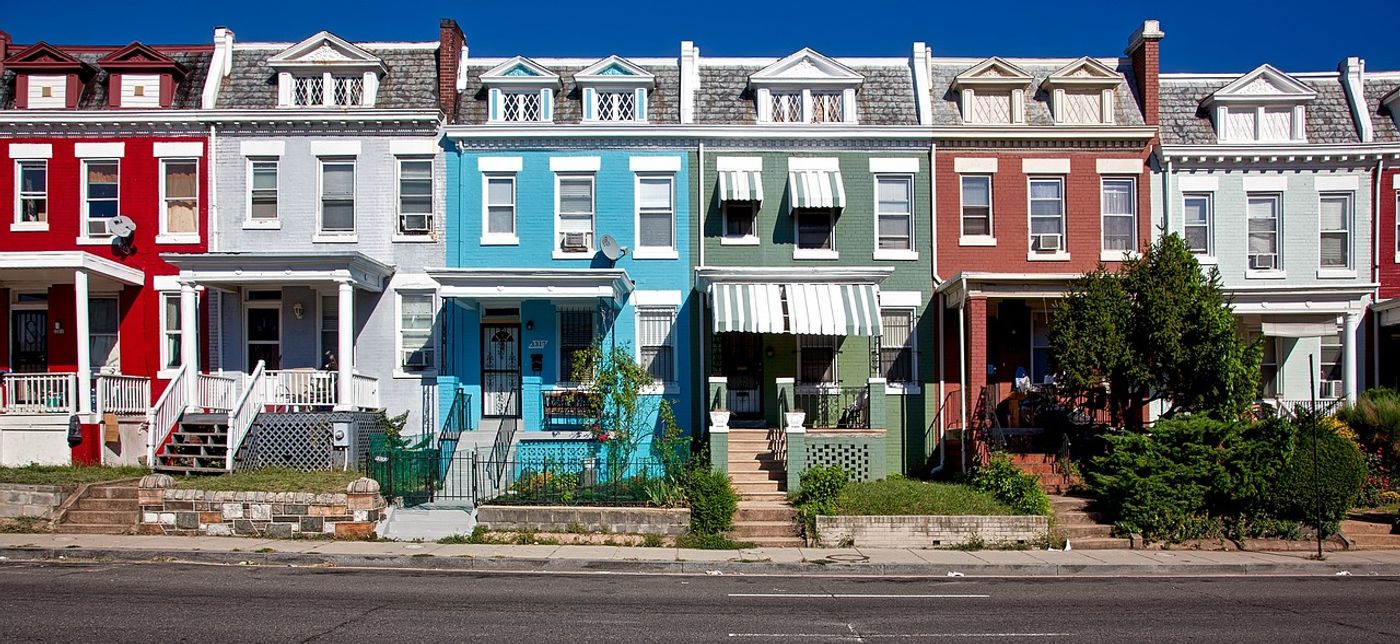Colon Cancer Outcomes Differ by Neighborhood
Part of Franklin D. Roosevelt’s New Deal programs enacted in the 1930s included the creation of the Home Owners’ Loan Corporation (HOLC). This federally sponsored organization refinanced home loans for borrowers nearing foreclosure. By 1936, the HOLC granted over a million mortgages, accounting for about 20% of the mortgages in America at the time.
The HOLC used demographic variables, including race, ethnicity, and immigrant composition, to determine the safest neighborhoods for granting loans. This practice heightened the segregation of neighborhoods when the HOLC deemed areas with Black residents as too risky for granting mortgages. The subsequent disinvestment in these areas created barriers to resources, including healthcare access, which still continue today.
A new study, recently published in JCO Oncology Practice, sought to determine if living in the areas with low HOLC ratings now has any association with the quality of cancer and outcomes for colon cancer.
The study considered colon cancer cases diagnosed between 2007 and 2017 who lived in zip codes corresponding to 196 cities with HOLC ratings, ranging from A (best) to D (hazardous). The researchers identified 149,917 patients with an average age of 68 years.
The analysis showed that patients living in HOLC-A areas were more likely to receive a late-stage diagnosis compared to those living in HOLC D neighborhoods. The researchers also considered whether patients received standard-of-care treatments, including surgery, evaluation of lymph nodes, and chemotherapy. They found that concordance to guidelines declined with HOLC rating. Compared to patients living in HOLC A areas, those living in HOLC B, C, and D neighborhoods had an 8%, 16%, and 24% higher chance of not receiving standard-of-care treatments.
In addition, those living in HOLC B, C, or D neighborhoods experienced delayed initiation of adjuvant chemotherapy following surgery. Those residing in HOLC C or D neighborhoods experienced poorer overall survival. This decline in overall survival appeared for patients with both early and late diagnoses.
The authors conclude that housing discrimination confers worse access to colon cancer care and survival, even today, over 70 years after the HOLC closed. Importantly, colon cancer detected early has a 90% five-year survival rate, so efforts to increase screening could have an immediate impact on cancer-related deaths.
Sources: New York Times, NPR, JCO Oncol Prac









